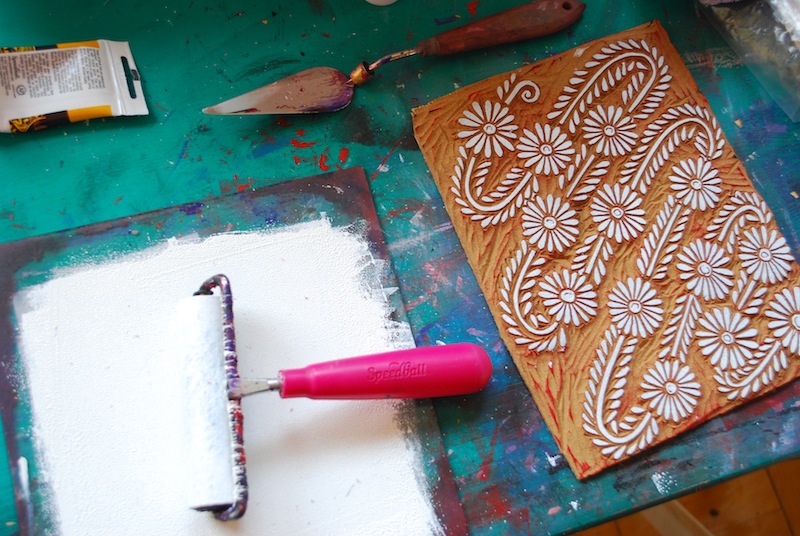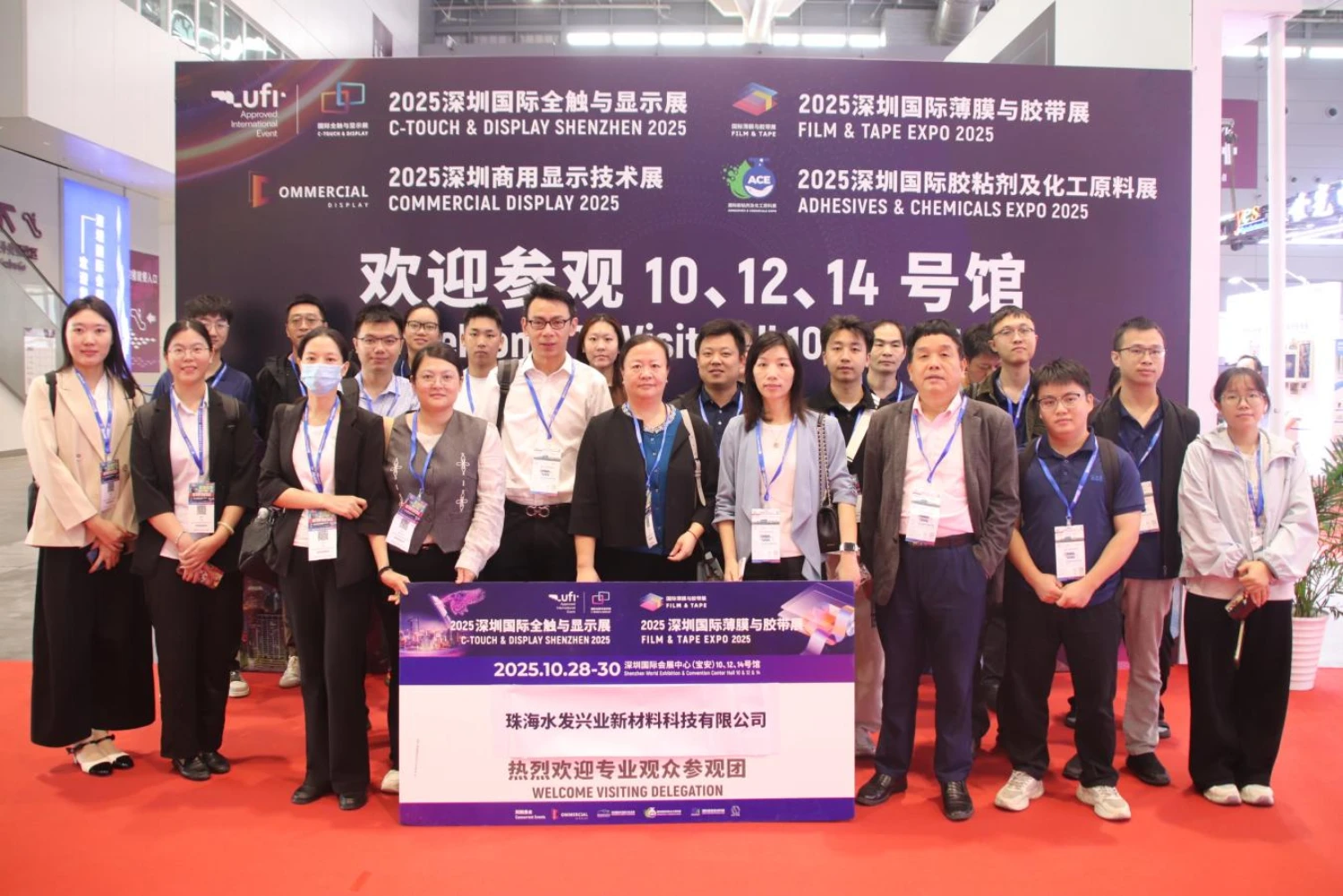
Relief methods have been widely used in various industries, ranging from art and sculpture to engineering and manufacturing. These methods involve creating a three-dimensional effect by carving or molding materials. In this blog post, we will delve into the commonly used materials in relief methods, exploring their unique properties, applications, and advantages.
- Wood:
Wood is one of the oldest and most traditional materials used in relief methods. Its natural grain and texture provide a warm and organic feel to the artwork. Different types of wood, such as oak, mahogany, and walnut, offer varying colors and densities, allowing artists and craftsmen to achieve different effects. Wood relief is commonly seen in sculptures, furniture, and architectural decorations. - Stone:
Stone, such as marble, granite, and limestone, is another popular material for relief methods. Its durability, strength, and ability to withstand weathering make it suitable for both indoor and outdoor applications. Stone relief can be found in ancient sculptures, monuments, and architectural facades. The intricate details and textures carved into stone create a sense of timelessness and grandeur. - Metal:
Metal relief involves shaping and manipulating metals like bronze, copper, and aluminum. Metal offers a unique luster and sheen, adding a modern and industrial touch to relief artworks. Metal relief is commonly used in decorative panels, jewelry, and architectural elements. Its malleability allows for intricate designs and fine details. - Plaster:
Plaster is a versatile material widely used in relief methods due to its ease of use and affordability. It can be easily molded and carved, allowing artists to create intricate designs and textures. Plaster relief is commonly seen in architectural decorations, moldings, and ornamental artworks. It can be painted or gilded to enhance its appearance. - Resin:
Resin, a synthetic material, has gained popularity in recent years due to its versatility and durability. It can be molded into various shapes and sizes, allowing for intricate and detailed relief artworks. Resin relief is commonly used in contemporary art, jewelry, and decorative objects. Its translucent properties can be enhanced with pigments, creating stunning visual effects.
Conclusion:
The materials used in relief methods offer a wide range of possibilities for artists, craftsmen, and designers. Wood, stone, metal, plaster, and resin each have their unique characteristics, allowing for the creation of visually captivating and expressive artworks. Whether it's the warmth of wood, the timelessness of stone, the modern touch of metal, the affordability of plaster, or the versatility of resin, these materials continue to inspire and push the boundaries of relief art.




